
Explore these curated methods to make the most of the minds around you and solve public problems together more effectively.
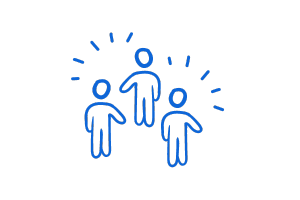
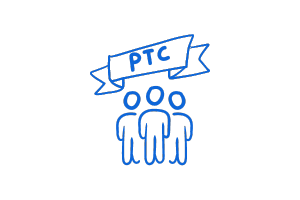
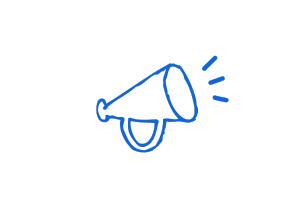
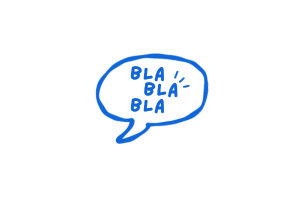
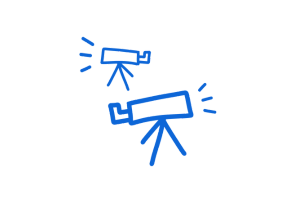
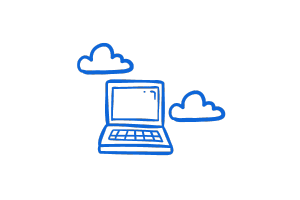
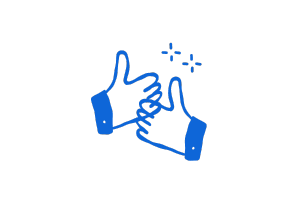
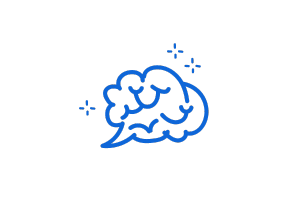
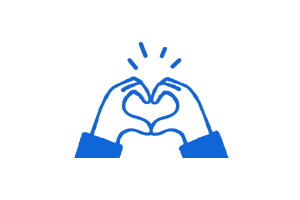
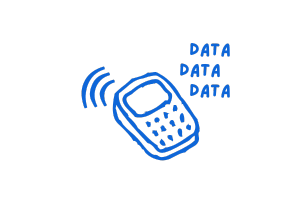
The Agora process, pioneered by the Agora Energiewende, brings together key stakeholders for a given piece of reform, and offers them the means to deliberate and to commission the best available analysis on potential options to reach their goals.
The goal is to narrow down the solution space for smart and feasible policy making and to provide a space to resolve political disputes.
Agoras have been implemented and adapted to different topics (energy, transport, deforestation…) in different countries (Germany, Vietnam, Madagascar…).
Agora’s 2 main components
A Council to clarify learnings
A “Council” that acts as the principal room for stakeholders to meet and discuss. The Council’s function is not to release any position papers or recommendations, but to house a systematic peer-learning and capacity-building unit: it identifies convergences and thereby reduces the confusion surrounding any given challenge, which in turn fosters feasible strategies with a high degree of stakeholder buy-in.
An internal Think Tank to study issues in depth
An “Internal Think Tank” consisting of a team of technical experts who study and organize relevant analysis for the council meetings, as well as for public debates.


Read our featured story
A Political Task Committee (PTC) is a political working procedure passed by the city council where citizens and politicians cooperate on different subjects to produce recommendations for policies and strategies related to subjects prioritized by the city council.
Deliberations in PTCs last several months, during which the committees have access to institutional support and rich opportunities to seek input from various sources of expertise at different stages.
Originally designed to fight corruption in rural India, a jan sunwai is a different type of public hearing, part community meeting, part court hearing, that brings together administrators and beneficiaries of a public scheme.
The dialogue is organized by facilitators from civil society organizations. Over the entire duration of a jan sunwai, moderators help clarify facts, explain what should have been done and request corrective action.
Jan sunways are moderated by a small group of experts sympathetic to the cause. The public session marks the culmination of a long preparatory process whereby facilitators collect and document cases of violation of people’s rights, identify emblematic cases and train families to speak in public.
What does a typical jan sunwai look like ?
A festive introduction creates an atmosphere of trust, hope and even pride (with moments of song and dance…).
Then, the aggrieved parties testify as to how they were wronged, and relevant public officials are given an opportunity to reply.
A jan sunwai can last anywhere from a few hours to a few days.
The Open European Dialogue creates safe spaces for European members of national parliaments to discuss policy matters and bridge political divides.
The OED borrows techniques from couples therapy, diplomacy and design thinking in order to create a dedicated space where politicians (or any public facing professional) can build trust and understanding. These dialogue sessions are also on opportunity for them to learn and grow, preparing the ground for swifter and smoother policy making.
Listen first, talk second
One of the key techniques, designed to enable elected leaders to listen to one another, was borrowed from Imago Relationship Therapy: one person talks at a time. By forcing parliamentaries to really listen, such safe spaces foster more productive conversations, through the steps of dialogue, mirroring, validation, and empathy.
Thinking in futures
Another approach used is the Futures Toolkit, which enables participants to focus on the future consequences and desired outcomes of choices made today.


Read our featured story
Knowing the future means making smarter decisions. And collectively, crowds are remarkably good at predicting the future.
But why use a crowd of humans instead of AI ? Because the combined human intelligence that powers crowd forecasting shines in situations where AI falls short: messy data and new problems.
When relevant data is not structured neatly into a database’s rows and columns, but rather is dispersed among many minds in a rich and qualitative way, purely statistical methods (like AI) fail because they have little to process. Even worse, they may lead us astray because the available databases have become irrelevant.
Crowd forecasting has been used by the US intelligence community to predict geopolitical events and by health monitoring institutions to predict the severity of infectious disease outbreaks.
Crowd forecasting features two main methods: prediction markets and prediction polls.
A prediction market is a competitive betting game designed to tap the wisdom of crowds to predict future events. It feels like a financial market where event outcomes are traded instead of commodities. The trades are conducted peer-to-peer among the participants, with no bookmaker or other intermediaries. An outcome’s trading price, the point where buyers and sellers agree to disagree, imputes its probability of occurrence.
A prediction poll solicits instead individual predictions with rewards for the most accurate, then aggregates them with sophisticated weighted averages. The aggregation algorithm is designed to simulate explicitly what markets do implicitly, i.e., give more weight to the forecasts of more recent, more accurate and more active forecasters.


Read our featured story
A self-moderated platform hosts and moderates online deliberations for medium-sized groups, just like humans would.
Self-moderation reduces the need to hire and train human moderators, which enables to massively scale deliberation. Bigger deliberations mean more people, which increases the accuracy and representativeness of insights you can gather compared to traditional polls.
AI generated transcripts of dicussions are analysed with NLP to uncover participants’ key arguments and themes. Deliberative polls question participants before and after they’ve had a chance to deliberate among each other and quizz experts, they paint a fuller picture of not only what people’s believe, but also how likely they are to change their mind on a given subject or faced with a given argument.
The self-moderated platform automatically handles several key aspects of moderation, such as:


Read our featured story
Smarter Crowdsourcing is a methodology that combines the agility and diversity of crowdsourcing with expert curation.
Crowdsourcing is effective at bringing together large numbers of people to generate ideas or implement a particular task through an invitation to the general public to contribute ideas or proposals. This is known as the “open call.”
Curation involves identifying individuals with academic, practical, subject matter, technical or methods expertise, as well as people who have demonstrated success solving the problem at hand. Prof. Beth Noveck, Director of The GovLab describes this method as “crowdsourcing wisely, not widely.”
Thomas Malone, a professor at the MIT Sloan School of Management, defines a “supermind” as an expert network – “a powerful combination of many individual minds – and machines that work together in a way that creates an intelligence greater than the sum of its parts.”
This collective intelligence emerges from the interactions and feedback loops between the individuals or machines, and can be used to solve complex problems or make more accurate predictions. Malone believes that superminds have the potential to transform the way we work and solve problems in the future.
A central notion behind the Supermind is that of expert-based crowdsourcing. It argues that, while many tasks can be solved by the knowledge of a broad and diverse crowd, some real-world problems require more technical or specialized knowledge.
How does Supermind work ?
In the case of the Pandemic Supermind developed during the COVID pandemic, a platform engaged participants online over a three-week period.
Experts were asked to submit contributions to the platform that outlined important research, ideas, or themes within the pandemic. A Natural Language Processing (NLP) algorithm then clustered all contributions.
In the final week, participants were asked to vote on the most important contributions clustered into thematic areas.
Theory U is a holistic approach to change management and leadership that emphasizes the importance of developing a deep awareness of oneself, others, and the broader context in which change is taking place. Developed by Otto Scharmer, a senior lecturer at MIT, it is based on the idea of “presencing”, which is the ability to sense and bring into being the future as it emerges.
The hope is that, by adopting this approach, individuals and organizations can more effectively respond to the challenges and opportunities of a rapidly changing world.
The 5 stages of Theory U:

Co-initiating: this involves developing a sense of curiosity and openness to new ideas and perspectives. It requires suspending judgment and engaging with others in a deep and authentic way.

Co-sensing: this involves deepening one’s understanding of the current reality and identifying the root causes of the challenges being faced. It involves actively listening to others and engaging in dialogue to explore different perspectives and generate new insights.

Co-presencing: in this stage, participants ask themselves “what is my personal leadership challenge? What is my work?” Outcomes include ideas and energy for specific actions, an emerging leadership narrative, the story of “us” now.

Co-creating: this involves prototyping and experimenting with new ideas and solutions. It involves taking action and iterating on the results to continually improve and refine the approach.

Co-shaping: the final phase allows the group to “embody the new.” Outcomes include reviewing actions, shared learning, decisions on what to take forward to widen the scope.
Citizen science encompasses a diverse range of interdisciplinary methods to tap into the collective intelligence of the general public from collecting data to involving the public more broadly in research design, resource management, and decision-making.
Citizen science is a powerful tool for advancing scientific knowledge and promoting public engagement with science. It is a collaborative and often community-driven approach, as it involves people of all ages and backgrounds.
All types of citizen science (CS) are encompassed within the study of collective intelligence as CS initiatives are designed to leverage the collective intelligence of participants, scientists, and potentially other stakeholders from the private sector or civil society.
Citizen science projects can cover a wide range of topics, from environmental monitoring to space exploration. Participants may contribute in various ways, such as taking measurements, recording observations, analyzing data, or even designing experiments.
The benefits of citizen science are numerous. It can help scientists collect data over a wide geographic area or time period that would otherwise be impossible or prohibitively expensive. It can also engage and educate the public about science and the scientific process, and foster a greater sense of community and ownership over scientific research.
Every 2 weeks, you’ll get: